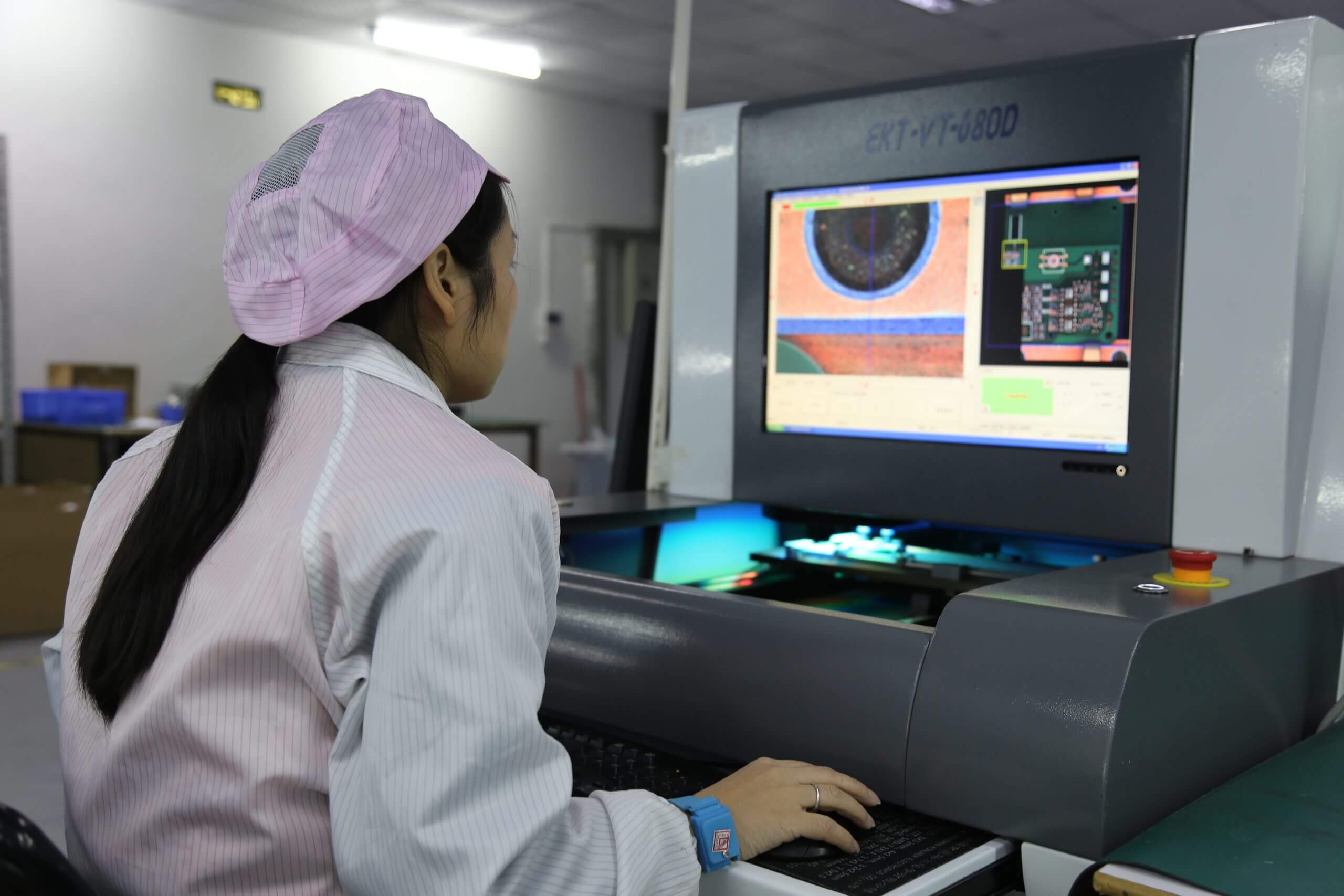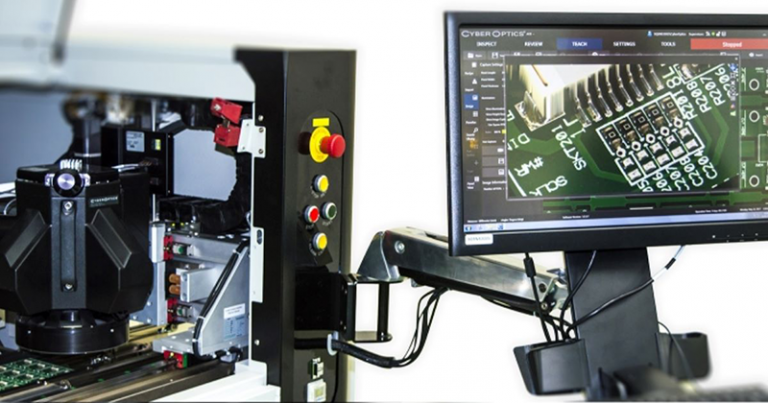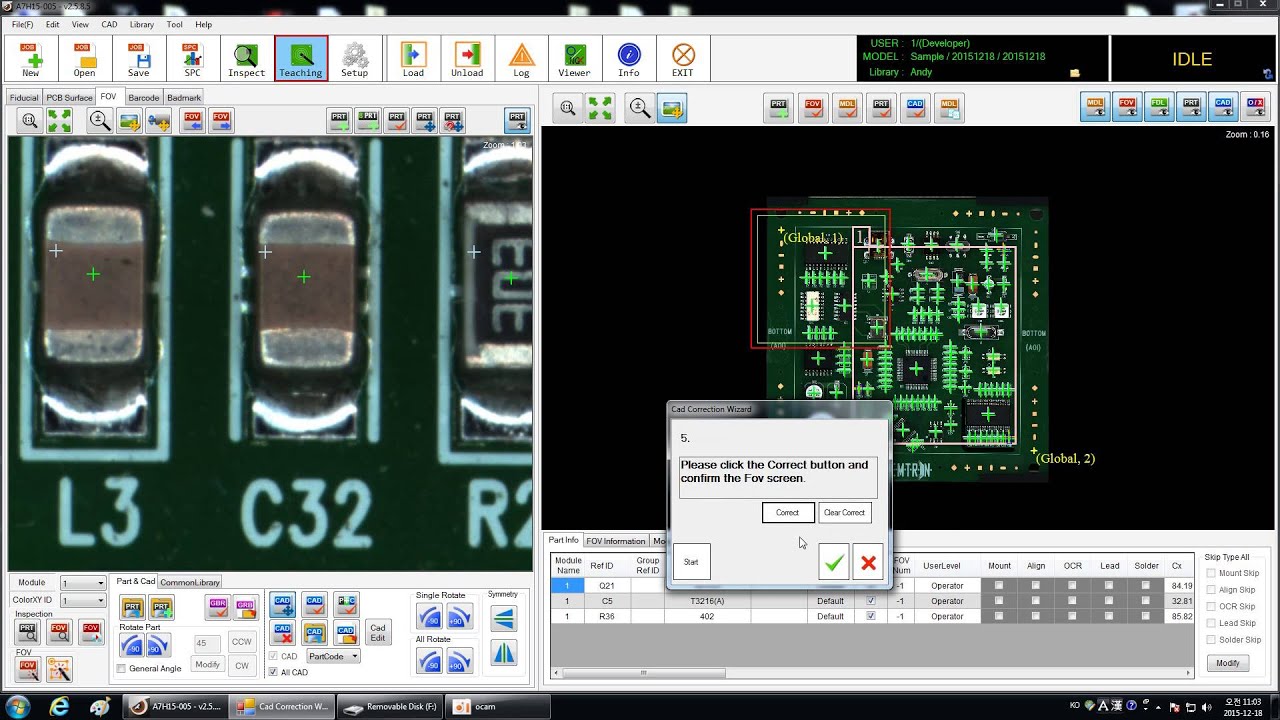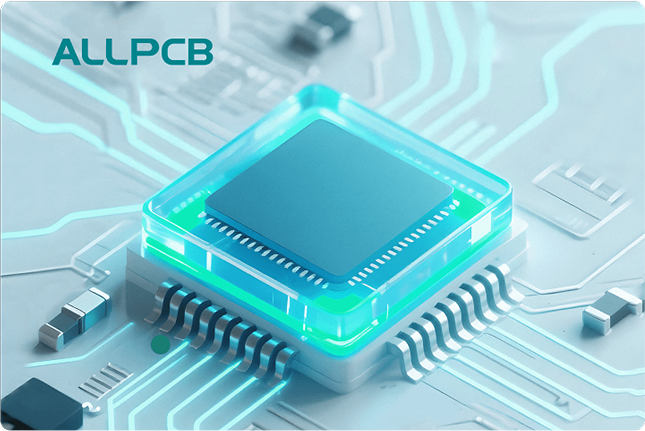As an electrical engineer, you're likely familiar with Automated Optical Inspection (AOI) equipment as a critical tool for ensuring quality in PCB manufacturing and assembly. But have you considered the full spectrum of costs beyond the initial purchase price? The true cost of ownership for AOI equipment includes not just the upfront investment but also hidden expenses like maintenance, installation, software licensing, and downtime. In this comprehensive guide, we’ll uncover these often-overlooked costs—AOI equipment cost of ownership, AOI equipment maintenance costs, AOI equipment installation costs, AOI equipment software licensing, and AOI equipment downtime costs—and show you how they impact your return on investment (ROI). Let’s dive into the details to help you make informed decisions and optimize your budget.
Why Understanding AOI Equipment Costs Matters
For electrical engineers working in manufacturing or quality control, AOI systems are indispensable for detecting defects like misaligned components, soldering issues, or incorrect placements on printed circuit boards (PCBs). However, focusing solely on the sticker price can lead to budget overruns and unexpected financial strain. The total AOI equipment cost of ownership encompasses multiple layers of expenses that can affect your project timelines and profitability. By understanding these costs upfront, you can better plan, reduce risks, and maximize the value of your investment.

Breaking Down the AOI Equipment Cost of Ownership
The AOI equipment cost of ownership is more than just the machine’s purchase price. It includes every expense tied to acquiring, operating, and maintaining the system over its lifecycle. Let’s break down the key components that contribute to this cost, so you can see the bigger picture and avoid surprises.
1. Initial Purchase Price: The Starting Point
The upfront cost of AOI equipment varies widely based on the system’s capabilities. A basic 2D AOI machine might start around $3,200, suitable for smaller operations or less complex inspections. On the other hand, advanced 3D AOI systems, which offer detailed imaging and higher accuracy for intricate PCB designs, can cost upwards of $110,000 or more. As an engineer, you’ll need to weigh the system’s features—such as resolution, inspection speed, and defect detection rates—against your specific production needs. Investing in a cheaper system might save money initially but could lead to higher long-term costs if it can’t keep up with demand or requires frequent upgrades.
2. AOI Equipment Installation Costs: Setting Up for Success
Once you’ve selected your AOI system, the next expense to consider is the AOI equipment installation costs. Installation isn’t just about plugging in the machine; it often requires specialized setup to integrate the equipment into your existing production line. Costs can range from $5,000 to $15,000, depending on the complexity of the system and your facility’s layout. This might include:
- Electrical wiring and power supply adjustments to meet the machine’s requirements (e.g., ensuring stable 220V supply with minimal voltage fluctuations).
- Calibration to align the system with your specific PCB designs and inspection criteria.
- Training for operators and technicians, which might involve vendor-led sessions costing hundreds to thousands of dollars.
As an electrical engineer, you might be tasked with overseeing or troubleshooting this process. Be prepared for potential delays if your facility isn’t ready for installation—such as needing to upgrade flooring for vibration control or modifying conveyor systems for seamless integration. Planning ahead can help keep these costs in check.

3. AOI Equipment Maintenance Costs: Keeping It Running
Regular upkeep is essential to ensure your AOI system performs reliably, and AOI equipment maintenance costs can add up over time. Annual maintenance expenses typically range from $5,000 to $15,000, depending on the machine’s complexity and usage. These costs cover:
- Routine cleaning of optical lenses and sensors to prevent dust or debris from affecting inspection accuracy.
- Replacement of worn-out parts, such as lighting units or conveyor belts, which might cost a few hundred dollars each.
- Periodic calibration to maintain precision, especially if your production involves high-density PCBs with tight tolerances (e.g., 0.1mm component spacing).
- Service contracts with vendors, which might include emergency repairs or software updates.
For engineers, unexpected breakdowns can be particularly frustrating. A poorly maintained AOI system might miss critical defects—like a bridged solder joint on a high-frequency circuit—leading to costly rework or product recalls. Proactively scheduling maintenance and budgeting for these expenses can save you from bigger headaches down the line.
4. AOI Equipment Software Licensing: The Hidden Digital Cost
Modern AOI systems rely heavily on sophisticated software for programming inspection parameters, analyzing data, and generating reports. However, AOI equipment software licensing fees are often an overlooked expense. These costs can vary widely based on the vendor and the features you need. Some systems come with a one-time license included in the purchase price, while others require annual subscriptions ranging from $1,000 to $10,000 or more.
Additional software costs might include:
- Upgrades for new features or compatibility with evolving PCB designs (e.g., support for smaller 0201 components).
- Integration with other systems, such as Manufacturing Execution Systems (MES), which might require custom programming or add-on licenses.
- Training on software updates, especially if the interface or algorithms change significantly.
As an engineer, you might find yourself spending hours learning new software or debugging integration issues. If your team lacks in-house expertise, you may need to hire external consultants, adding to the expense. When budgeting for AOI equipment, always ask vendors about software costs and whether future updates are included or require additional fees.

5. AOI Equipment Downtime Costs: The Silent Profit Killer
Perhaps the most underestimated expense is AOI equipment downtime costs. When your AOI system is offline—whether due to maintenance, repairs, or software glitches—your production line can grind to a halt. For high-volume manufacturing, even a few hours of downtime can translate into thousands of dollars in lost output. Consider these scenarios:
- A hardware failure, such as a malfunctioning camera sensor, might take 4-8 hours to repair, delaying inspection of 1,000+ PCBs.
- Software crashes or updates could require rebooting the system, costing 1-2 hours of production time per incident.
- Operator errors, like incorrect programming of inspection parameters, might lead to false positives, requiring re-inspection and further delays.
For electrical engineers, downtime isn’t just a financial hit; it’s a logistical challenge. You might need to reroute production, expedite repairs, or manually inspect boards to meet deadlines. To minimize these costs, invest in reliable equipment with good vendor support, train your team thoroughly, and keep spare parts on hand for quick fixes. Some companies report downtime losses of $10,000 or more per day in high-stakes environments, so prevention is key.
How These Costs Impact Your ROI
Understanding the full spectrum of AOI equipment cost of ownership is critical to calculating your ROI. Let’s put this into perspective with a hypothetical example. Suppose you purchase a mid-range 3D AOI system for $75,000. Over five years, you might also spend:
- $10,000 on installation.
- $50,000 on maintenance ($10,000/year).
- $15,000 on software licensing ($3,000/year).
- $20,000 on downtime-related losses (estimating two major incidents per year at $2,000 each).
That brings your total cost of ownership to $170,000 over five years—more than double the initial purchase price. If the system helps you avoid $200,000 in defect-related losses (e.g., catching soldering errors before shipping), your net gain is $30,000. But if downtime or maintenance issues reduce your savings, your ROI could shrink or even turn negative.
As an engineer, your role might involve justifying this investment to management. Focus on how AOI equipment improves quality—such as reducing defect rates from 2% to 0.5%—and boosts throughput by automating inspections that would otherwise take hours manually. Balancing these benefits against hidden costs will give you a clearer picture of the system’s true value.
Tips to Minimize Hidden Costs and Maximize ROI
Now that we’ve uncovered the hidden costs of AOI equipment, let’s explore actionable strategies to manage them effectively:
- Choose the Right System: Don’t skimp on quality to save upfront costs. A reliable system with a proven track record might cost more initially but will save on maintenance and downtime. Research vendor reviews and ask for case studies from similar-sized operations.
- Negotiate Service Contracts: When budgeting for AOI equipment maintenance costs, negotiate with vendors for comprehensive service plans that include regular checkups and priority repairs. This can prevent unexpected expenses.
- Train Your Team: Invest in thorough training to reduce operator errors and downtime. A well-trained team can spot issues early—like a misaligned conveyor belt—before they escalate.
- Plan for Software Updates: Clarify AOI equipment software licensing terms upfront. Opt for vendors offering free updates or bundle them into a long-term contract to avoid surprise fees.
- Schedule Preventive Maintenance: Regular upkeep can extend your equipment’s lifespan and minimize breakdowns. Create a maintenance calendar and stick to it, even during busy production periods.
Real-World Insights: Learning from Experience
In my conversations with fellow engineers, I’ve heard firsthand how hidden costs can catch teams off guard. One colleague shared how their facility underestimated AOI equipment downtime costs during a major software update. The update took two days to complete, halting production and costing over $15,000 in lost output. They learned the hard way to schedule updates during planned shutdowns and keep backup inspection methods ready. Stories like this highlight why planning for every aspect of AOI equipment cost of ownership is so crucial.
Conclusion: Take Control of Your AOI Investment
As an electrical engineer, your goal is to ensure quality and efficiency in PCB production, and AOI equipment is a powerful ally in that mission. However, the true AOI equipment cost of ownership goes far beyond the initial price tag. By accounting for AOI equipment maintenance costs, AOI equipment installation costs, AOI equipment software licensing, and AOI equipment downtime costs, you can avoid budget surprises and protect your ROI.
 ALLPCB
ALLPCB







